| What you put in... |
What you get out... |
- SBU, product, or segment ratings on key attributes
- Importance of these attributes to the firm
|
- Visual representation of relative attractiveness of SBUs, products, or market segments on a 2-dimensional map
- Sensitivity of map to attribute importance scores
|
The GE Portfolio approach evaluates a business on the basis of two composite dimensions: industry attractiveness and business strength. These dimensions, in turn, consist of a series of weighted factors. Both the factor weights and the factors themselves may vary from one application to another; for example, industry attractiveness includes measures of market size, growth rate, competitive intensity, and the like, whereas business strength normally includes such measures as market share, share growth, and product quality. Analysts assign each business a rating for each factor and a weight to each factor. Multiplying the factor ratings by the weights produces a position for each business on the strength/attractiveness matrix.
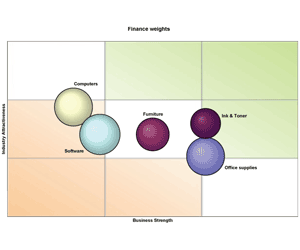 While designed to assist in the GE/McKinsey approach to portfolio management, this model can be used for any situation where a certain number of items are ranked on two sets of weighted factors. Optionally, multiple sets of weights can be used.
While designed to assist in the GE/McKinsey approach to portfolio management, this model can be used for any situation where a certain number of items are ranked on two sets of weighted factors. Optionally, multiple sets of weights can be used.
The GE Portfolio approach helps firms answer such questions as:
- On which products, offerings, or divisions should we focus our efforts?
- What method can we use to assess and understand the weights that various members of the management team assign to different dimensions?
- How can we reconcile different points of view?
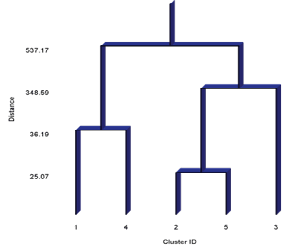 Segmentation/Targeting is an analytic technique that helps firms to segment customers in a market.
Segmentation/Targeting is an analytic technique that helps firms to segment customers in a market.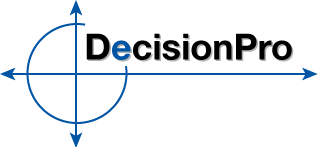
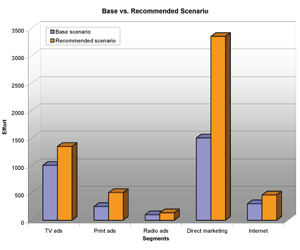 Resource Allocation helps optimize resource sizing and resource allocations across segments, products, channels, etc. It answers such questions as
Resource Allocation helps optimize resource sizing and resource allocations across segments, products, channels, etc. It answers such questions as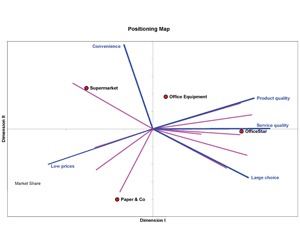 Positioning Analysis uses perceptual mapping and preference mapping techniques. Perceptual-mapping helps firms to understand how customers view their product(s) relative to competitive products. The preference map introduces preference vectors or ideal points for each respondent on to a perceptual map. The ideal point represents the location of the (hypothetical) product that most appeals to a specific respondent. The preference vector indicates the direction in which a respondent’s preference increases. In other words, a respondent’s “ideal” product lies as far up the preference vector as possible. The preference map starts out with a perceptual map giving the locations of the product alternatives. In the second step, it introduces for each respondent either an ideal brand or a preference vector.
Positioning Analysis uses perceptual mapping and preference mapping techniques. Perceptual-mapping helps firms to understand how customers view their product(s) relative to competitive products. The preference map introduces preference vectors or ideal points for each respondent on to a perceptual map. The ideal point represents the location of the (hypothetical) product that most appeals to a specific respondent. The preference vector indicates the direction in which a respondent’s preference increases. In other words, a respondent’s “ideal” product lies as far up the preference vector as possible. The preference map starts out with a perceptual map giving the locations of the product alternatives. In the second step, it introduces for each respondent either an ideal brand or a preference vector. While designed to assist in the GE/McKinsey approach to portfolio management, this model can be used for any situation where a certain number of items are ranked on two sets of weighted factors. Optionally, multiple sets of weights can be used.
While designed to assist in the GE/McKinsey approach to portfolio management, this model can be used for any situation where a certain number of items are ranked on two sets of weighted factors. Optionally, multiple sets of weights can be used.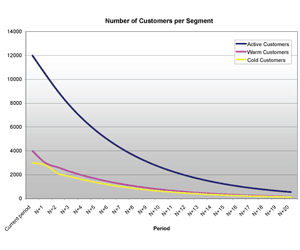 The model uses the following input:
The model uses the following input: